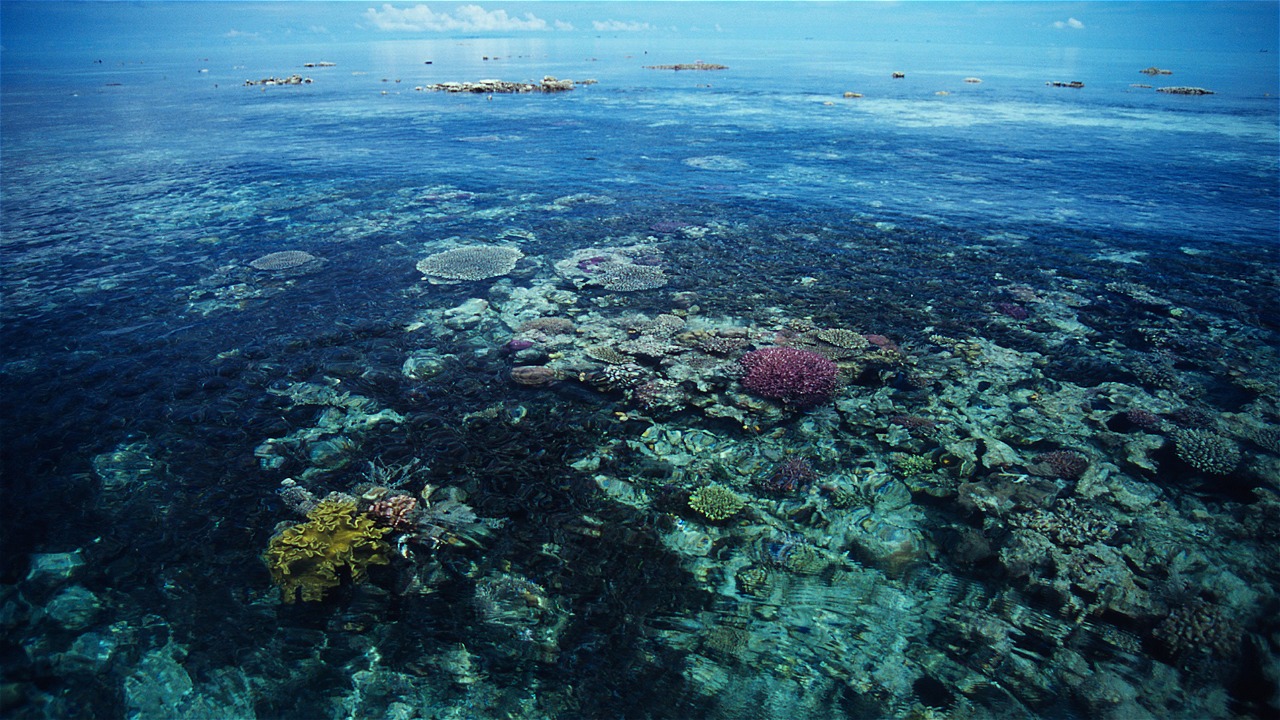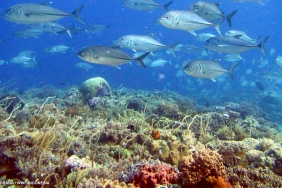PLANTING 12,500 CORAL REEFS IN HILO GREEN ACTION: REVIVE THE REEF WITH WWF-INDONESIA
By: Shera Fanesha & Natalia Trita Agnika
Coinciding with the celebration of International Nature Conservation Day last Thursday (28/07), PT Nutrifood Indonesia under the brand HiLo collaborated with WWF-Indonesia to hold a HiLo Green Action Program: Revive The Reef in the waters of Badul Island, Ujung Kulon National Park. This coral reef planting program is a form of HiLo's concern and commitment to aquatic ecosystems in Indonesia. A total of 12,500 coral reefs were planted to support the community of Kampung Paniis, Taman Jaya Village, Sumur District, Pandeglang Regency as an alternative activity for residents to be able to maintain and improve the aquatic ecosystem in Ujung Kulon in particular and Indonesia in general.
The day before, a press conference was held which presented speakers Angelique Dewi (Head of Green Committee HiLo), Anwar Purwoto (Director of Sumatra and Kalimantan Programs WWF-Indonesia), Yuyun Kurniawan (Project Leader WWF-Indonesia Ujung Kulon program), and Nadine Chandrawinata (Brand Ambassador HiLo Revive The Reef Program).
In a press conference on (27/07), Angelique Dewi, HiLo's Head of Green Committee explained that HiLo's background in carrying out the activity was because HiLo milk is a high-calcium milk that contains organic red algae minerals that come from the sea in the Northern European region. "Since we already get the best from nature, HiLo itself wants to give back to nature. Because HiLo's main raw material is red algae from the sea, we focus on contributing and educating in the marine area," she explained. Together with WWF-Indonesia, HiLo wants to inspire people to care more about the environment, including the invitation to be involved in this program through the purchase of HiLo products, where part of the sales proceeds during January - May 2016 are set aside to plant 12,500 coral reefs in the waters of Badul Island, Ujung Kulon National Park.
Nadine Chandrawinata, Brand Ambassador of HiLo Revive The Reef Program who has long been involved in environmental rescue activities said, "Coral reefs must be preserved because they are home to fish. The impact (of the existence of coral reefs) for humans will be very high, one of which is for the economic turnover in the community. The first is for attraction (tourism). If there are fish and coral reefs plus a clean beach, it will definitely be an attraction for tourism. In addition, (coral reefs) also support various businesses, especially restaurants and are very useful for reducing abrasion." He also added that Indonesians should be proud and grateful because not all seas have beautiful coral reefs in them like Indonesian seas.
Anwar Purwoto, WWF-Indonesia's Sumatra and Kalimantan Program Director, echoed the same sentiment. "Conservation is now not only the responsibility of the government but also our responsibility together. Therefore, we will encourage anyone who works to support this effort, "he said.
The coral reef planting activity carried out by WWF-Indonesia and HiLo is a sustainable activity. Not just planted, WWF-Indonesia and the Paniis Lestari Group, which consists of the people of Paniis Village, will monitor and care for the planted coral reefs to ensure that they can grow well. "We also tagged and photographed the coral colonies and then "Geotagged" them the first time they were placed in the sea to facilitate monitoring through Google Earth access, as well as securing the coral reef area," explained Yuyun Kurniawan, Project Leader of WWF-Indonesia's Ujung Kulon program.
The coral reef planting action carried out on Thursday (28/07) involved the HiLo team, Green Leaders, loyal HiLo consumers from Superindo and also media crews who were accompanied by teams from WWF-Indonesia and the Paniis Lestari Group. Before heading to Badul Island, the participants received an explanation from Toni Kortez, a representative of the Paniis Lestari Group on how to plant corals. The types of corals planted are Sarcophyton sp and Nepthea sp, which are soft corals that have a very fast growth rate and previously existed in the Badul Island area. All participants were very enthusiastic about the program. Many asked questions about the program and wanted to contribute more to coral planting.
Corals that have been tied to concrete slabs are then placed on concrete shelves at a depth of 3-5 meters in the waters around Badul Island. The use of concrete shelves as a planting medium also provides an opportunity for natural corals to grow on the shelves. After the coral grows, the fish will live and breed on the coral.





